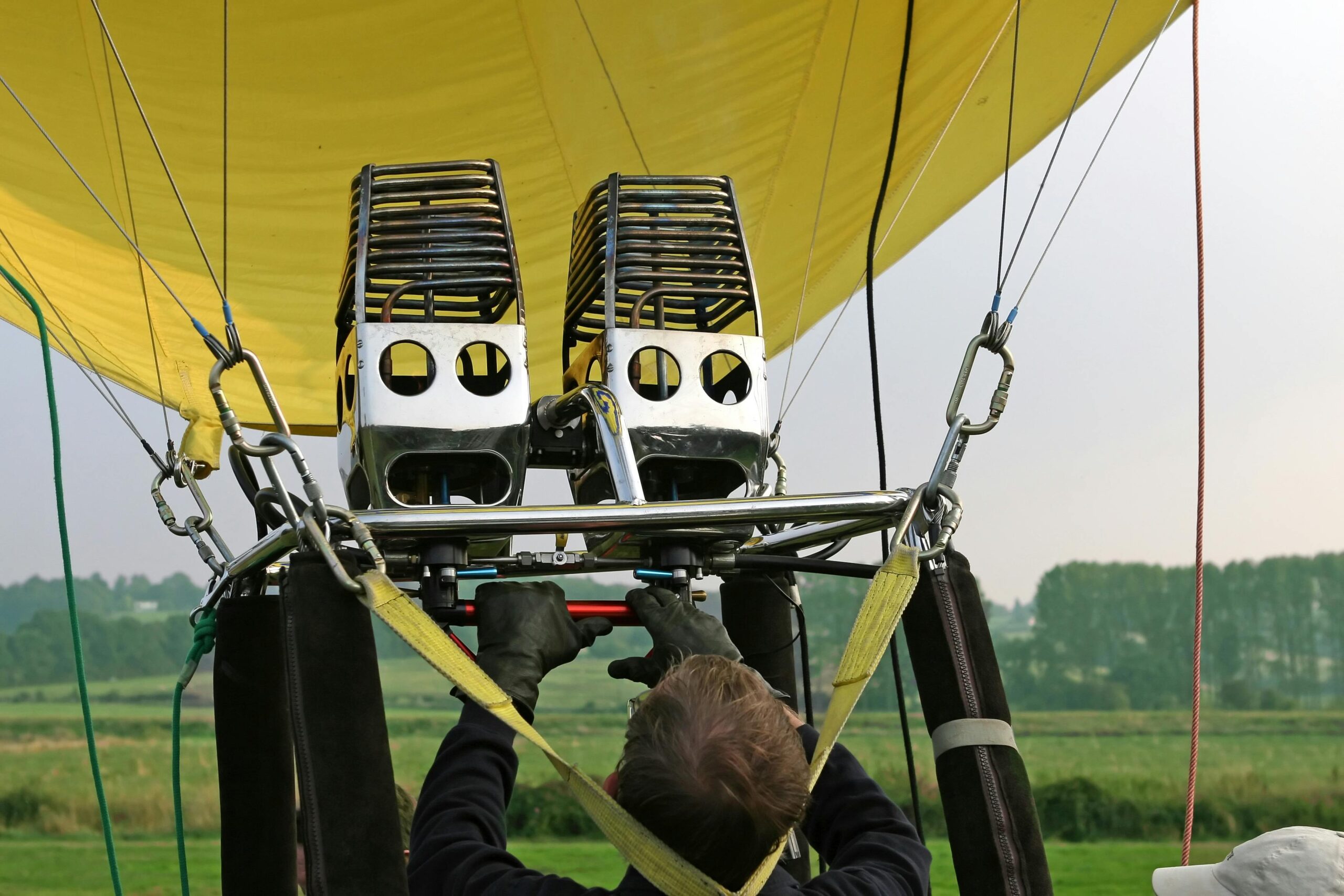Launching a new product or service used to feel like sprinting uphill: tease the audience, build a waitlist, craft landing pages, and pray the timing aligns. But with an AI ads maker, you can transform pre-launch chaos into a smooth, data-driven pipeline. In roughly 900 words, this eight-step playbook shows how to define goals, tease prospects, and automate follow-ups—so you build buzz and capture high‑intent leads before your official launch.
1. Define Laser‑Focused Pre‑Launch Objectives
Before you draft your first headline, nail down one measurable goal: email sign‑ups, waitlist joins, early purchases, or beta testers. Your AI ad generator thrives on sharp direction.
Prompt to try
“Create a cross‑channel ad campaign to collect 5,000 email sign‑ups for our new AI writing tool. Focus on ‘early access’ exclusivity and a clear call to ‘Join the Beta.’”
Why it works
- A single objective prevents mixed messaging.
- “Early access” signals scarcity, driving FOMO.
- The AI aligns hooks, angles, and CTAs to your KPI.
Tip: Write your objective as a tweet‑length mission statement and paste it verbatim into each prompt to keep creative on‑target.
2. Craft Curiosity‑Driven Teaser Copy
Now that you’re clear on your goal, tease without spoiling. Use emotional or value hooks that hint at benefits but leave the ‘what’ a mystery.
Prompt to try
“Generate five teaser headlines under 30 characters for a new health app pre‑launch. Emphasize mystery (e.g., ‘What’s Your Health Score?’) and exclusivity (‘Sneak Peek Inside’).”
Outputs might include
- “Unlock Your Secret Health Metric”
- “Be First to Track Better”
- “Sneak Peek: Health, Upgraded”
Actionable tip: Test curiosity vs. clarity. Run half of your teasers asking a question (“What’s your health score?”) and half giving a bold statement (“Health, Upgraded”). Measure which drives more clicks to your waitlist.
3. Build Multi‑Format Creative Suites at Scale
Different channels demand different formats: short videos, static banners, carousel ads, or story slices. Feed your raw teaser into the AI to spin up assets for each network.
Prompt to try
“Create a 10‑second TikTok hook, a one‑slide Instagram Story, and a 120×600 display banner for our upcoming AI writing tool pre-launch. Use the headline ‘Get Early Access’ and a 2‑word CTA ‘Join Now’.”
Expected deliverables
- TikTok script: “Tired of writer’s block? Join now for early access!”
- Story slide: Large “Join Beta” sticker + countdown GIF
- Display banner: “Early Access →” minimal text, bold button
Design hack: Ask the AI to output asset names and file dimensions, making bulk export painless.
4. Automate Audience Warm‑Up Sequences
Nurturing early interest means delivering layered content: teaser → benefits → proof points. Automate drip sequences using AI‑generated variants.
Prompt to try
“Generate three follow-up ad texts for sign‑ups:
- Benefit hook (feature highlight)
- Social proof (testimonial snippet)
- Urgency reminder (‘4 days left to join’).”
Example outputs
- “Write smarter articles in half the time—your beta awaits.”
- “”I doubled my output in days,” says beta user Anna.”
- “Your invite expires in 4 days—secure your spot now.”
Actionable tip: Map these to days 1, 3, and 5 in your automated sequence, so prospects stay engaged without manual oversight.
5. Leverage Predictive Analytics for Smarter Budgeting
Most AI ads offer engagement or conversion scoring before you launch. Use this to allocate spend dynamically.
Prompt to try
“Score each creative variant for predicted CTR. Allocate 60% budget to assets scoring >80/100, 40% to the rest.”
Why it works
- High‑scoring ads get more visibility early.
- You avoid wasting money on low‑potential variants.
- The AI’s historical data guides optimal spend distribution.
Pro tip: Re‑run scoring at campaign halfway point to re‑allocate remaining budget mid-flight.
6. Harness FOMO and Social Proof in Real Time
When sign‑ups roll in, showcase momentum. Dynamic social proof boosts trust and urgency for fence‑sitters.
Prompt to try
“Insert a live counter overlay on creatives: ‘X joined in the last 24 hrs’. Update hourly. Use ‘🔥’ emoji for emphasis.”
Example
“🔥 1,200 joined in last 24 hours—early access spots filling fast!”
Actionable tip: Tie your AI ad maker to real‑time analytics or CRM. Feed live sign‑ups back into ad copy every hour, keeping campaigns fresh.
7. A/B Test Messaging Angles Rapidly
Even in pre‑launch, testing reveals what resonates. Spin up multiple variants and let the AI decide winners.
Prompt to try
“Generate four headline variants: two emotional (‘Never Stress About Writing Again’) and two value‑focused (‘Write 2x Faster Today’). Tag them for A/B testing.”
Workflow
- Launch equal‑budget split tests across top platforms.
- Monitor CTR and sign‑up rate per variant.
- Pause under‑performers <2% CTR after 24 hrs.
- Clone and refine winners for the next round.
Testing tip: Use AI to suggest new angles post‑test: “Rewrite the top headline with a 10% softer tone.”
8. Sync Data With CRM and Sales for Immediate Follow‑Up
The point of pre‑launch is not just buzz—it’s pipeline. Ensure sign‑ups feed instantly to your CRM and sales workflows.
Prompt to try
“Send new sign‑up data to HubSpot. Trigger a Slack alert: ‘New Beta Lead: {Name}, {Company} — assign to sales.’ Include link to prospect profile.”
Outcome
- Sales reps act within minutes, not hours.
- High‑intent leads see your outreach while enthusiasm is high.
- Conversion rates climb thanks to fast follow‑up.
Pro tip: Add AI‑generated call scripts personalized to each lead’s interest signals (features they clicked).
Final Word
Pre‑launch campaigns set the tone for your entire launch. With an AI ads maker, you’re not guessing—you’re playing with proven prompts, data‑driven spend, and real‑time dynamism. Define a single objective, tease with intrigue, automate warm‑up, and watch your waitlist swell—all before day one. Start with the prompts above, refine through rapid tests, and sync every lead to your CRM. Your product launch just got its unfair early‑access advantage.


